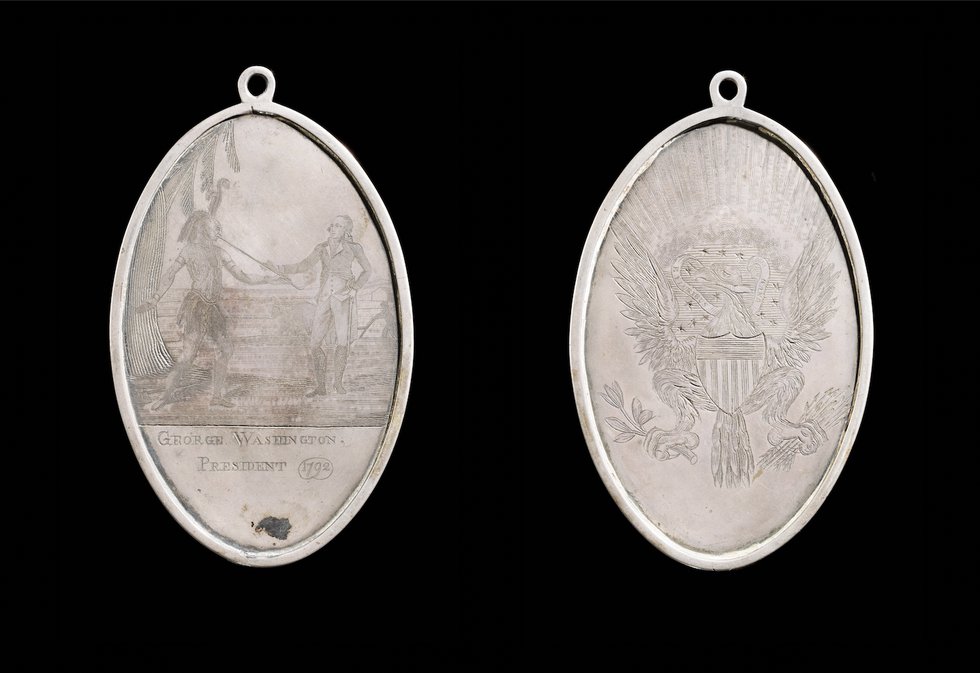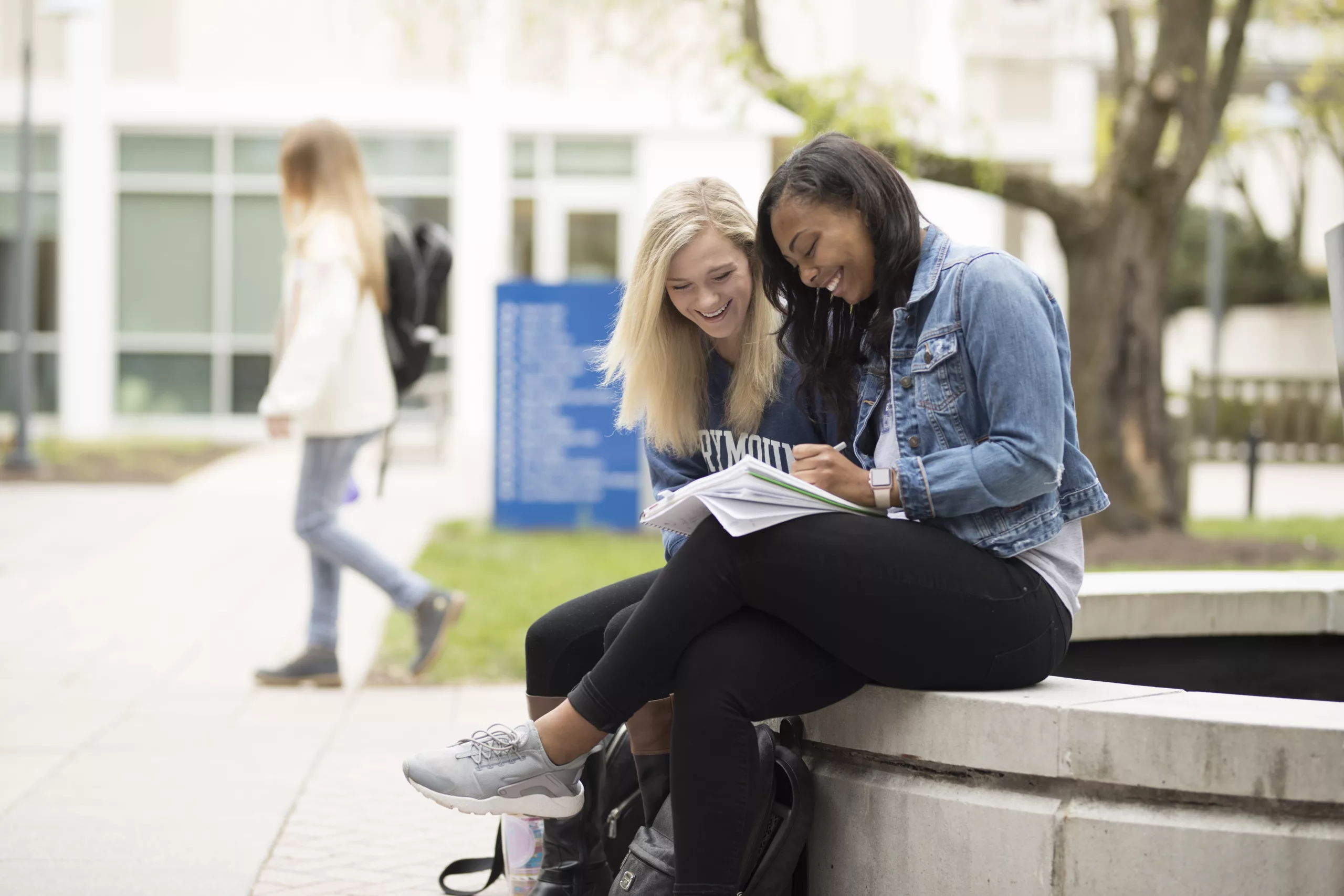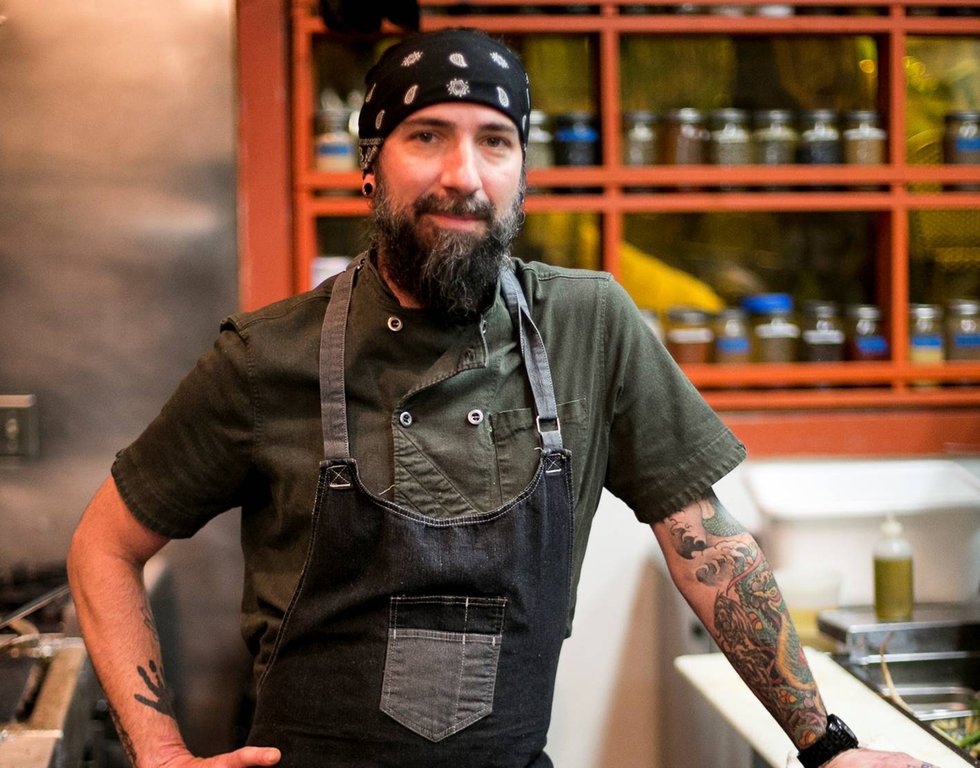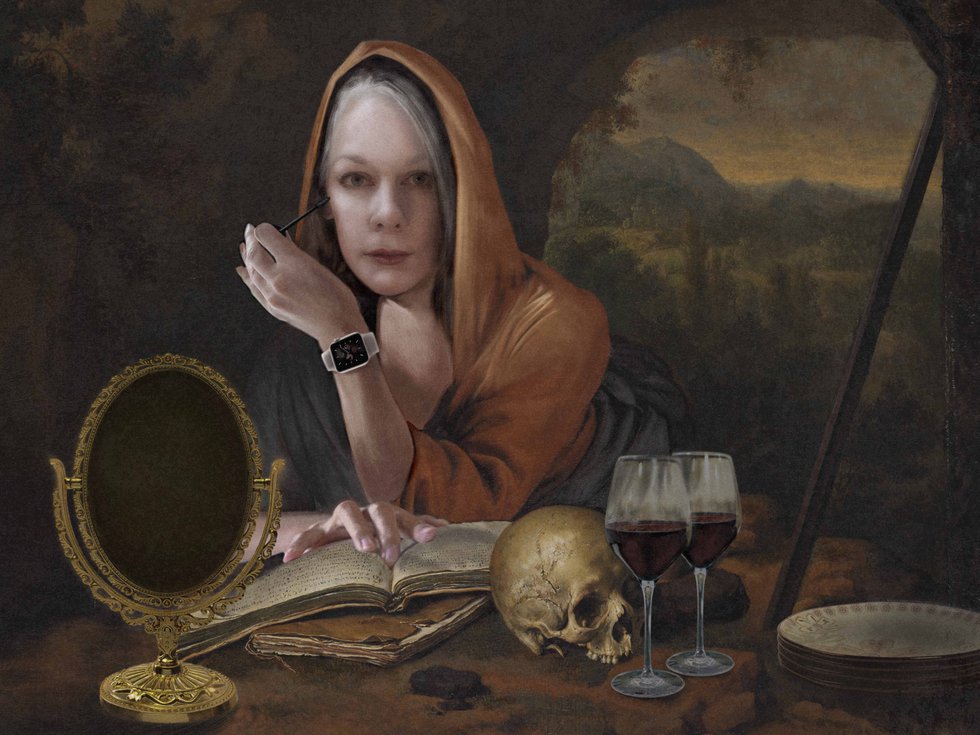Colonial Williamsburg acquires an “incredibly rare” Native American peace medal.

(Courtesy of the Colonial Williamsburg Foundation)
By the time George Washington assumed the Presidency in 1798, “peace medals”—made of silver and engraved by hand—had become valuable diplomatic currency. Presented by the colonists to Native American tribal leaders during treaty signings and other ceremonial events, these symbols of allegiance were so highly prized that the recipients often took them, quite literally, to their graves. Of the medals crafted in 1792—the first year they were awarded primarily to southern chiefs—perhaps a dozen are known to exist today.
The George Washington Indian Peace Medal, newly acquired by Colonial Williamsburg, is considered the finest of about six small-sized medals recorded from that year. Expertly crafted and engraved by an unknown Philadelphia silversmith, the 5-inch medal depicts Washington extending a peace pipe to a Native American warrior, who has put down his hatchet. The flip side presents an early version of the Great Seal of the United States.
“I can’t put into words how thrilled I am to be adding this incredibly rare medal to Colonial Williamsburg’s holdings,” said Erik Goldstein, Colonial Williamsburg’s senior curator of mechanical arts & numismatics. “I never thought it would be possible, and the fact that it’s of the finest style is just icing on the cake.”
See it and learn more about U.S. relations with the Native American tribes of the southern states at the DeWitt Wallace Decorative Arts Museum. ColonialWilliamsburg.org
This article originally appeared in the December 2021 issue.








